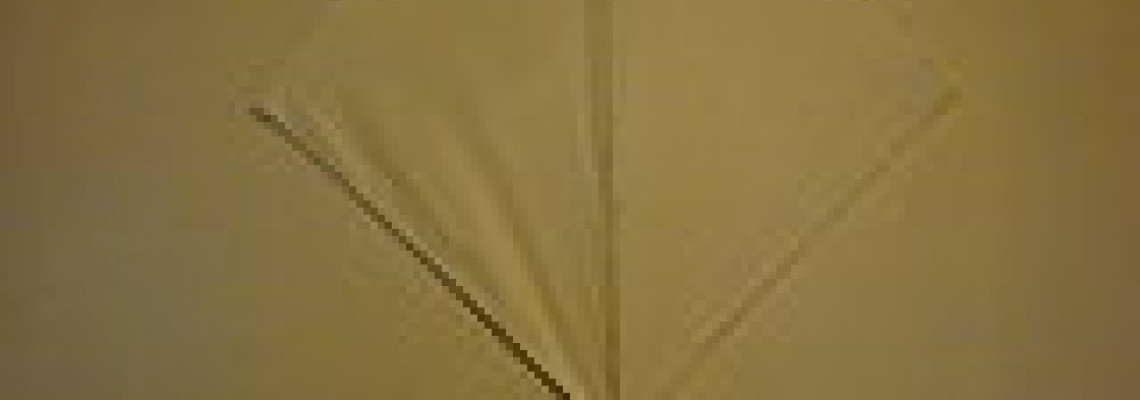22 Jun


Posted By
0 Comment(s)
824 View(s)
Breathe fresh air into springtime lessons with kite-flying fun.
Kite Maps
What You Need:
- Diamond-shaped kites
- Paper
- Pencils
- Rulers
What To Do:
- Introduce the concept of scale by explaining that a map is a small version of something much larger. Ask kids to think about how big a map of the classroom would be if it were drawn using the actual measurements of the room.
- Looking at a kite, how much smaller do students think it would need to be to fit on a piece of paper? Measure the length and width of your kite and experiment with different scales. Would a scale of 1:2 work? Would a scale of 1:10 mean the kite maps would be too tiny?
- When the class has decided on a scale that will work, give small groups a kite and two sheets of paper.
- Ask students to measure the length and width of their kites plus the lengths of each side, and then record their findings.
- Next, have students multiply their measurements by the chosen scale factor and record the results.
- Ask students to measure out and mark the scaled measurements on the second piece of paper to create a small "map" of their kite.
- Once the drawings are complete, invite students to decorate their kite map in the same style as the larger kite. Hang the miniature kites for all to admire.
Clouds and Wind
What You Need:
- Kites
- The Beaufort Wind Force Scale
- Paper
- Pencils
What To Do:
- Introduce students to different cloud types and their characteristics. In general, a fair day with low cumulus mediocris (cotton-ball clouds) indicates a good kite-flying day with a gusty breeze. High cirrus uncinus (wispy clouds) forming parallel lines tell of strong winds at high altitude and a change in wind direction. A sky full of nimbostratus (a blanket of thick clouds) may not look like the perfect day to fly a kite, but it usually means a pleasant, even wind from a fixed direction.
- In addition to recording cloud conditions, estimate wind speed by observing the effects of wind on tree leaves, flags, litter, smoke, hair, and clothes.
- Translate students' observations into estimated miles per hour using the Beaufort Wind Force Scale. In general, the best time to fly a kite is when wind speeds are 4-12 mph (flags flutter, bushes shake, and leaves move).
Global Kite Collage
What You Need:
- Photos of kites and the people who fly them from diverse regions around the globe (either printed and hung around the classroom or bookmarked on a computer)
- World map
- Reference books or access to the school library for research purposes
- Optional: Computer and projector
What To Do:
- Help students put a face on faraway places with a collage of kite flyers from around the world. To begin, post a world map in the classroom and discuss the origins of kites in China. Which countries border China? Can you find images of kites from those places? Try using an image search engine, like Google Images. Use a projector to display the images for the whole class.
- Ask students to research kite flying in countries such as Japan, Korea, Afghanistan, Pakistan, India, and Vietnam and write a short paragraph describing kite culture in their chosen country.
- Display the student articles with the map and photos to complete your global kite collage.
Adventures in Chinese Art
What You Need:
- Images of Chinese art
- Blank plastic kites
- Permanent markers
What To Do:
- Encourage students to give their kites a Chinese flavor by incorporating traditional symbols found in Chinese art. Common motifs include:
- Bats: The Chinese word for bat, "bianfu," contains the same sound as the word for good fortune.
- Phoenixes: This mythical bird is the emblem of the empress. It represents beauty, peace, happiness, and prosperity.
- Dragons: In ancient China, the dragon was the emblem of the emperor, so it represents power, wealth, and nobility.
Arch of Dreams
What You Need:
- Plastic diamond-shaped kites with tails
- Permanent markers
- Kite string
- Strong tape
What To Do:
- A kite arch is a collection of diamond-shaped kites linked on the same line and flown together in an arch formation. To prepare, ask students to compose a poem about their dreams and wishes.
- Explain how kites are used in some cultures as a way to send hopes for the future into the sky.
- Give each student a kite on which to write his or her poem.
- To make the arch, leave 12 feet of string loose at one end. Attach the string to the back of the first kite, along the shorter spar.
- Leave two feet of string loose before attaching the next kite.
- Continue, being careful to leave two feet between each kite and another 12 feet of loose string after the last kite.
- Next, have helpers hold the two ends of the string, while additional students hold the kites off the ground.
- To ensure the wind catches the kites and pulls them upward, have students stand with their backs to the wind and hold the kites up above their heads.
